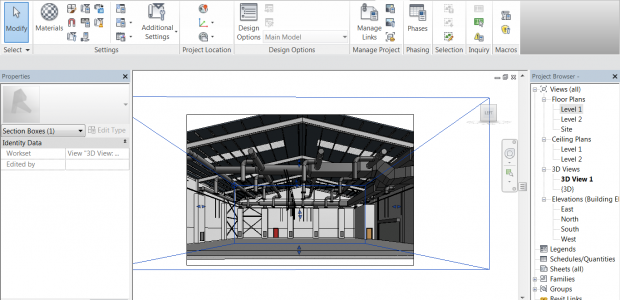Tips for Navisworks users for accomplishing clash detection process!

Clash detection services are an integral part of preconstruction services that are executed for every possible construction project. Prior to the acceptance of BIM technology in construction projects, seamless construction was not even a dream for design and construction professionals. Conventional construction methods were never successful in producing desirable project outcomes in relation to flawless construction.
It’s due to BIM technology that conventional building methods have been successfully replaced by innovative construction techniques. Virtual construction has given rise to the execution of Clash Detection Services wherein 3D models are inspected or scrutinized for the identification of conflicts.
Tips for conducting successful clash tests
- Navisworks users must be familiar with the techniques of creating viewpoints which consist of markups, measurements, and comments etc.
- Viewpoints are indispensable for design and construction professionals when it comes to dealing with the identified clashes.
- Markups and comments etc provide great insight to Navisworks users in terms of rectifying the inconsistencies or conflicts between multidiscipline models.
- Viewpoints must be organized by Navisworks users into relevant hierarchies which results in an effective workflow which is necessary for the elimination of clashes.
- The seriousness of the clashes must be identified by Navisworks users in terms of their ability to affect the project.
- Users must understand the difference between ‘hard clashes’ and ‘soft clashes.’ A hard clash is a clash wherein model elements belonging to different building disciplines directly intersect each other.
- On the other hand, soft clash can be described as a clash wherein two model elements come extremely close to each other. Soft clash kills the space requirement of the design.
- Both hard clashes and soft clashes must be rectified by making modifications in the respective models, for example, architectural and structural elements are interfering with each other then changes must be done in both of them.
- Last but not least the results of the crash tests must be analyzed properly by users and they should be organized in such a fashion that members of relevant disciplines can approach them easily or else they can be provided to team members accordingly.